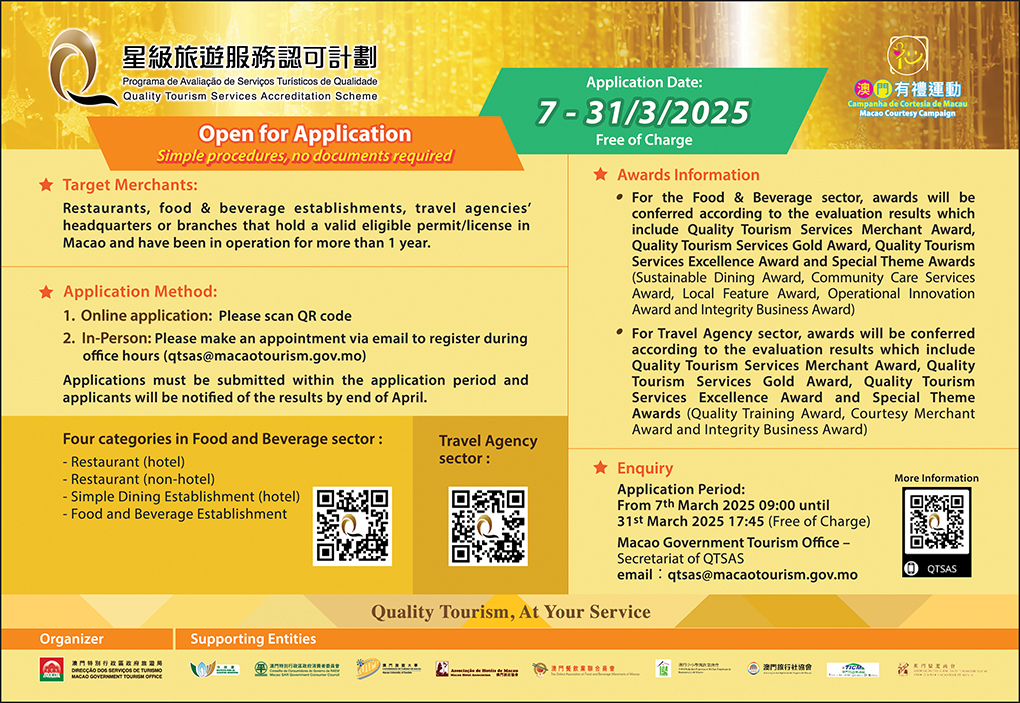Commentary
BEIJING – As global observers eagerly await China’s next move in fueling its future development, one phrase, in particular, seems to be on everybody’s lips – “new productive forces.” But what does it mean?
First put forward by President Xi Jinping during his inspection tour earlier this month to northeast China, the country’s old industrial base, it refers to a new form of productive forces derived from continuous sci-tech breakthroughs and innovation that drive strategic emerging industries and future industries in a more intelligent information era.
During the 18th to early 20th centuries, the Western world made rapid progress through an industrial revolution, globalization, sci-tech revolution and industrial transformation, as China struggled to keep pace.
Since the founding of New China, the leadership has attached great importance to science and technology – a primary productive force and a key, strategic component of China’s development.
Today, at a critical stage of economic transformation and industrial upgrading, China faces internal and external challenges concerning economic growth and future development. Amid its modernization drive focused on high-quality growth, where will the country find the initial impetus?
Herein lies the importance of the “new productive forces.” They represent a winning formula for the world’s second-largest economy, bidding farewell to the heavy resource input and massive energy consumption of their earlier iterations.
As for advancing sci-tech innovation, vital for China’s high-quality development, the country has put in place systematic planning and provides industry players a sound environment for innovation.
Data from the National Bureau of Statistics show that China’s total expenditure on research and development (R&D) grew by 10.1 percent year on year to over 3 trillion yuan (US$411 billion) in 2022, with 84 percent of this growth coming from enterprises. The country also tops the world in the total number of R&D personnel. Its total of papers published in the most influential journals across various disciplines ranked first worldwide for the first time last year, surpassing that of the United States, according to the Institute of Scientific and Technical Information of China.
Joining the ranks of the world’s innovators, China moved up to the 11th spot in the Global Innovation Index 2022 released by the World Intellectual Property Organization, marking an impressive climb of 23 places from its 2012 ranking.
With increasing investment in science and technology, strengthened legal protection of intellectual property rights, and a pro-innovation environment, China has made strides in core technologies in key fields and boosted emerging strategic industries.
Yet for all the technological progress, humans remain the primary factor behind productive forces. Forming new productive forces will optimize and upgrade human resources as China’s talent dividend is in the making.
New industries brought by new technologies are the latest engines driving the current global economy, where we can find new productive forces. These key engines, including lithium batteries, photovoltaic power and new energy vehicles, were themselves once called “industries of the future.”
Given that China faces a tech blockade from the United States, which is keen to maintain its hegemony, developing new productive forces can also be seen as an effective move to foil the politicized plot to squeeze and stymie China’s high-tech sector development and bully China’s hi-tech businesses, especially in a world of rising protectionism and trade fragmentation.
China cannot develop in isolation from the rest of the world, nor can the world maintain development, prosperity and stability without China. New productive forces will undoubtedly drive China’s long-term development toward national rejuvenation, while boosting the modernization of other countries in the process.
– Xinhua






